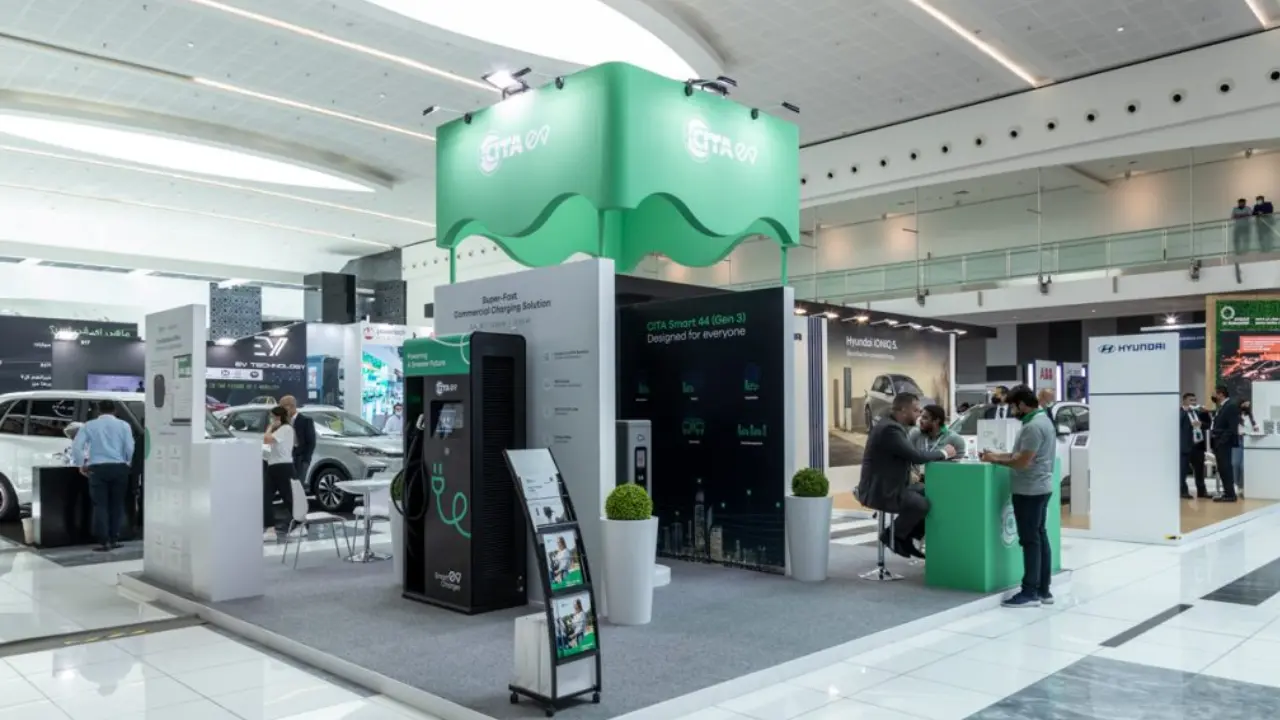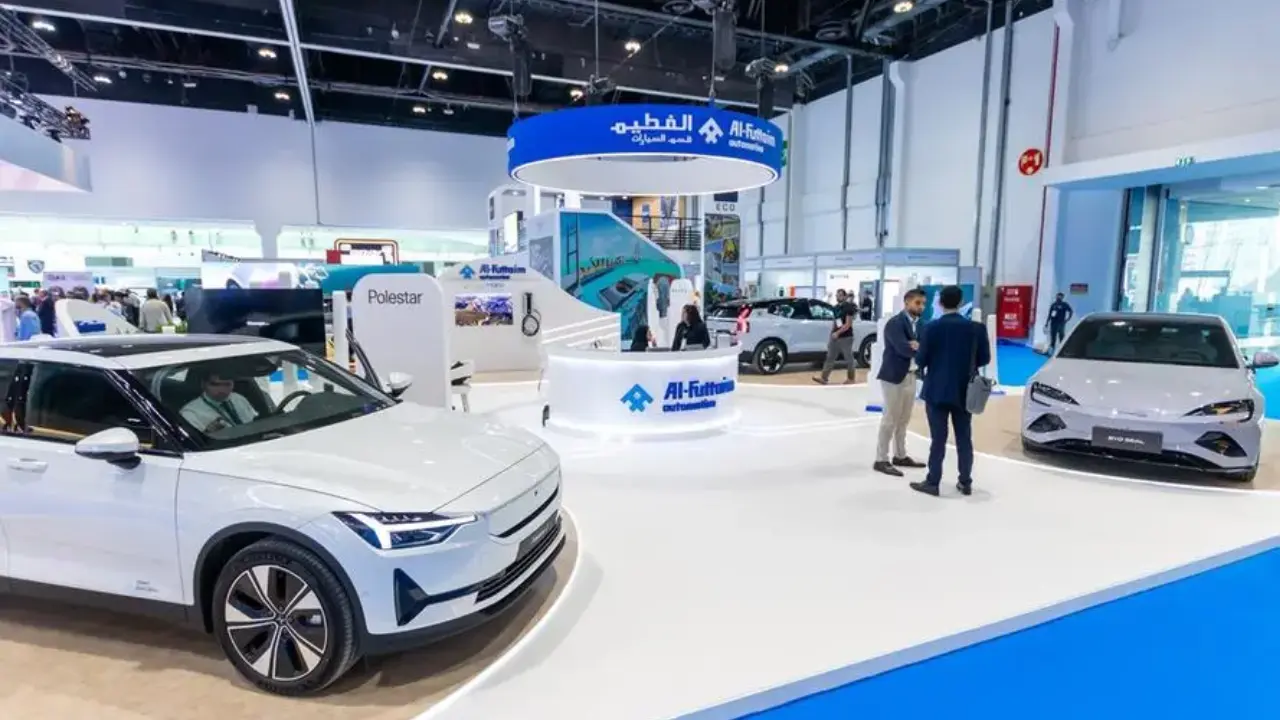India’s transportation scene is changing dramatically, thanks to the increasing adoption of electric vehicles. The electric car is often in the spotlight, but there are two other segments that have immense potential to transform India’s mobility: electric 2-wheelers (e2Ws), and electric commercial vehicles (eCVs).
Leading the Charge
In India, E2Ws are already a major part of vehicle sales. This familiarity, combined with government incentive programs and rising fuel costs, are driving the rapid adoption rate of e2Ws. The affordability, maneuverability, as well as lower operating costs, make them perfect for everyday commutes, especially in urban areas.
Key factors boosting e2W’s growth
- Expanding product line: Manufacturers now offer a variety of e2Ws that cater to different budgets and needs.
- Better battery technology: Battery technology advances are helping to address concerns over range anxiety and charging infrastructure.
- Focus on innovation. Both established and new players are continually innovating to create feature-rich, efficient e2Ws.
ECVs: The Future of Logistics
eCVs are growing at a rapid rate, largely because of government initiatives and rising fuel costs. Environmental concerns have also increased. The eCV segment is growing rapidly, driven by government initiatives, rising fuel costs and increasing environmental concerns.
Opportunities in the eCV Space
- Government Support: Initiatives and subsidies encourage the adoption of eCVs by various segments.
- Businesses are seeking more eco-friendly transportation options.
- Technological advancements are improving efficiency and range.
What lies ahead?
Both e2Ws & eCVs are faced with challenges such as limited infrastructure for charging, range anxiety & higher upfront costs than their traditional counterparts. However, technological advancements, government support and increasing consumer awareness are helping to pave the path for a brighter tomorrow.
India Pavilion: Bridging the Gap
India Pavilion supports the growth of e2Ws, as well as electronic CVs. We help connect innovative startups to potential investors and facilitate the commercialization of cutting-edge technologies. In addition, we promote Indian capabilities at global events, attracting attention from around the world and generating investment opportunities.
India’s electric mobility future is bright. India’s future is bright for electric mobility.
Blog 13 – (22/2/24) (published)
Innovations in Battery Technology: Fueling India’s EV Revolution
The electric vehicle (EV) revolution is rapidly getting traction globally, and India is playing a key role in this exciting transformation. Battery technology is at the heart of this progress. It is a sector where innovation is rapidly evolving, paving the way for a cleaner, more sustainable future.
India Pavilion stands at the forefront of this journey, connecting global investors with Indian startups at the cutting edge of battery technology. In this blog we’ll look into the current landscape and explores some of the key innovations driving India’s battery technology revolution:
1. Focus on Affordability:
India is really good at developing cost-effective solutions. Lithium-ion batteries are expensive, but researchers are exploring alternatives like sodium-ion and zinc-ion batteries that have lower costs and improved sustainability. Additionally, efforts are underway to optimize battery design and manufacturing processes to get affordable cost.
2. Enhanced Performance and Durability:
The quest for longer range and faster charging times is paramount. Indian researchers are exploring next-generation materials like solid-state electrolytes that offer improved energy density and faster charging capabilities. Additionally, advancements in battery management systems are optimizing performance and extending battery life.
3. Sustainable Practices:
Environmental consciousness is at the core of India’s EV push. Research is focused on using recycled materials in battery production to minimize environmental impact. Additionally, efforts are underway to develop efficient battery recycling processes, promoting a circular economy.
4. Localized R&D and Manufacturing:
India aims to reduce reliance on imported technologies. Investing in domestic R&D is fostering innovation in battery design and manufacturing. Localizing production will not only enhance self-reliance but also create employment opportunities and boost the Indian economy.
5. Collaborative Ecosystem:
India Pavilion plays a crucial role in fostering collaboration between researchers, startups, and investors. By connecting stakeholders across the ecosystem, we accelerate the development and commercialization of innovative battery technologies.
Impact and the Road Ahead:
These innovations promise significant benefits:
- Improved affordability: Making EVs more accessible to a wider population.
- Enhanced range and performance: Addressing range anxiety and facilitating longer journeys.
- Reduced environmental impact: Promoting sustainable mobility solutions for a cleaner future.
- Economic growth: Creating jobs and boosting the Indian economy.
The journey ahead is filled with excitement and challenges. India Pavilion remains committed to supporting and showcasing these technological advancements, propelling India towards a leadership position in the global EV revolution.



